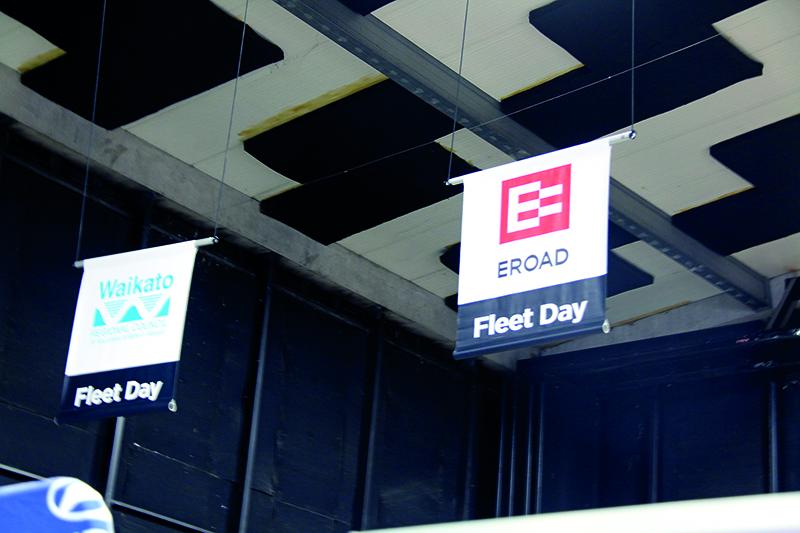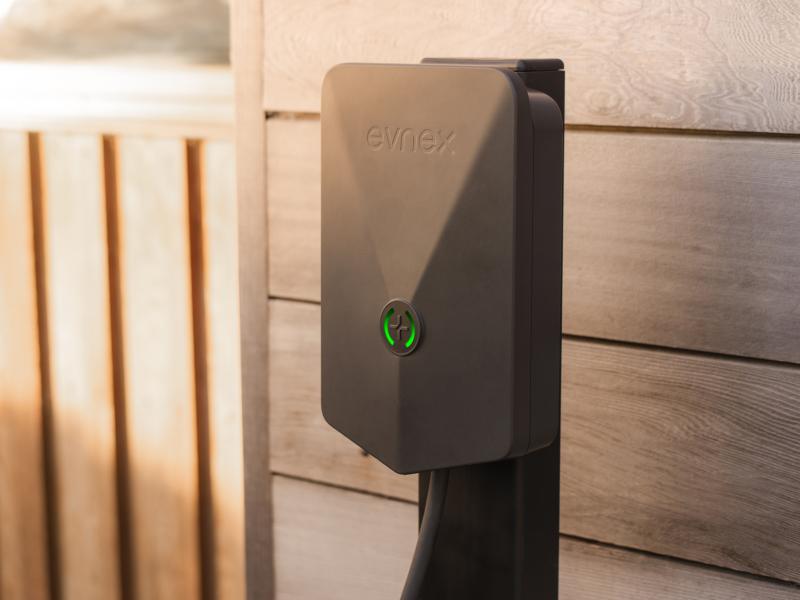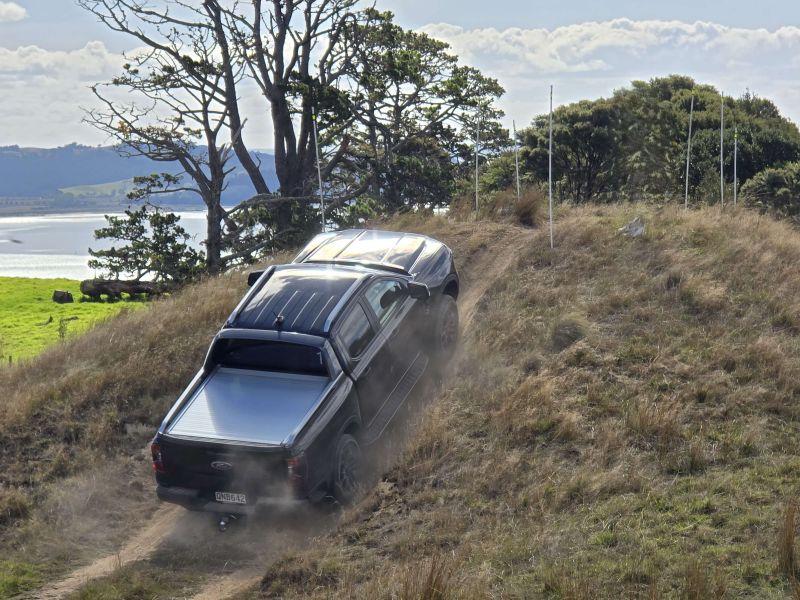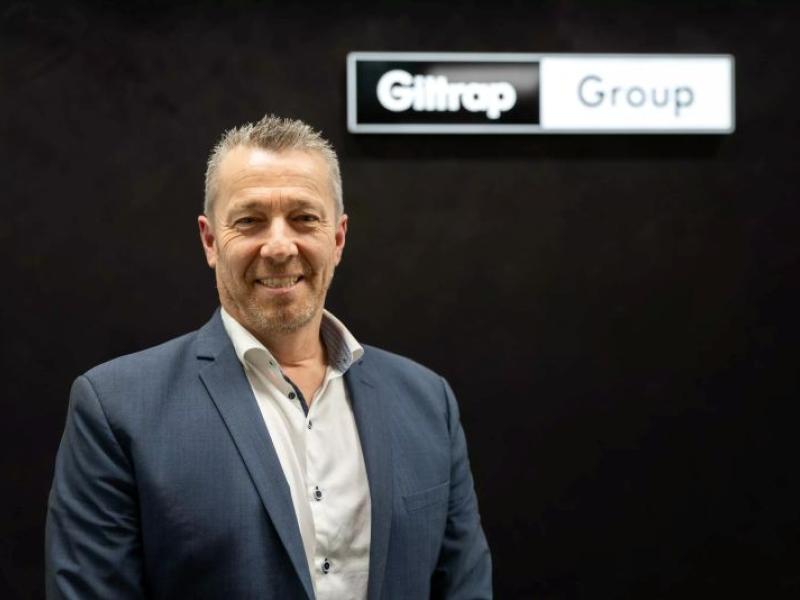EROAD Fleet Day, held at Mystery Creek in Hamilton on 7 August attracted over 1,200 business leaders, vendors and industry experts.
Featuring notable speakers, including former Prime Minister Rt Hon Sir John Key, a stunning display of over 150 vehicle models, a simulated car crash from a crane, panel sessions on fleet safety and sustainability, and the launch of EROAD’s new fatigue and distraction detecting AI camera.
The venue allowed for a large indoor display area plus two seminar areas. At one end was the light-fleet stage with a smaller heavy -fleet focussed stage at the far end of the building.
The day kicked off with a series of safety related topics on the light-vehicle stage, which saw Greg Murphy talking about driver training, Steven Jones, from NZ Police, about the causes and prevention of serious accidents and a vehicle accident simulation. John Key gave a talk on management under a changing economic environment. Other speakers looked at telematics, sustainability and fleet management. On the heavy-vehicle stage safety, telematics and EV charging featured.
The rest of the building was crowded with exhibitors, including a wide range of car manufacturers, fitout specialists and fleet suppliers including leasing, EV charging solutions, telematics and more.
The day was well attended with attendees flooding the exhibition area between the presentations. Here are some of the event’s key takeaways.
Culture: the foundation of successful transport business
Successful transport businesses often share traits like confident leadership and a strong culture of accountability. As Andrew Greatbatch from NZI noted, these foundations are built from the beginning, not after success is achieved.
Data and AI: essential strategies for long-term growth
Rt Hon Sir John Key emphasised the importance of being forward-thinking when it comes to new technology like AI. Humans often overestimate the short-term impacts of new technology, while underestimating the long-term potential.
He further highlighted the importance of data as a critical asset for decision-making and strategic planning. Leveraging fleet data effectively is key to staying ahead, yet as Jacques Ellis of EROAD noted, 48 percent of light fleets currently don’t use any form of telematics and could be missing out on key optimisation opportunities.
Safety: a human problem first and foremost
The safety panel discussed how a strong safety culture is essential. Drivers need support systems, proper training, and a focus on well-being.
Lucy Thomas from Fonterra said it’s important to recognise the role of work pressure. To do shift work, you need to get great sleep, but drivers need an environment that supports them to make the right call. That means knowing your limits, looking out for yourself, and looking out for your mates. It’s important drivers feel able to speak up if something’s not right.
It’s also important, noted Guy Hoquard from EROAD, to celebrate consistent good practice – it’s just as important as addressing problems.
Speed: the difference between walking away, or not
Steven Jones from NZ Police, shared the very real situations he and his colleagues have witnessed over the years. The 2-car crane drop further cementing the very physical difference that speed can make in a head-on collision. The two vehicles were dropped from heights of 30 metres and 60 metres to simulate crashes at 80km/h and 120km/h. At 120km/h it was clear for all to see that a driver in that car would stand very little chance of walking away – with barely an inch left between the dash and the driver seat.
Technology: a powerful enabler, but not a silver bullet
The safety panel underscored that distraction has become an epidemic, urging all fleets to step up to tackle it. They recognised that while technology is no silver bullet, modern fatigue and distraction detection technology plays an important role in combatting this issue.
EV market: slowed, but still growing globally
The sustainability panel discussed the impact of economic factors on EV sales such as the removal of the clean car rebate. While sales may have slowed, overall the market continues to grow globally, and although some traditional car manufacturers have shifted away from EVs, newer companies have stepped in.
EV cost: stretch the asset to overcome high depreciation
The panel recognised that affordability and depreciation remain a concern for fleets, but countered that fleets can overcome these challenges. With fewer moving parts, EVs have lower servicing needs. Combined with over-the-air updates and advances in battery technology – fleets don’t need to cycle the assets through their fleet as quickly as ICE vehicles, they can ‘stretch the asset’. Rather than a 3-year investment, EVs can be considered a 5 year + investment.
EV anxiety: staff buy-in is key to successful EV adoption
When it comes to adopting EVs, one of the key challenges is getting staff on board. There are three types of anxiety for most people – range anxiety (how far can I go), charger anxiety (will there be a working charger when I need one), and payment anxiety (when I get to a charger, can I even use it). It’s important to address these concerns. A top tip from the panel was to get people in your company who have EVs to share their stories.
Climate reporting: a competitive edge essential to future growth
Andrew Jamieson from PwC spoke about the emissions reporting requirements that have begun to roll out in New Zealand. While regulation may be behind some of the reporting we’re seeing, it’s clear that changes in consumer demand and investor appetite are also driving businesses to push for sustainability in order to gain a competitive advantage or attract investment. And organisations who report on Scope 3 emissions will be looking to for transport businesses who can support them to decarbonise their supply chain.
Fleet technology: upgrade to unlock safety, efficiency and sustainability
From hydrogen, to electric, to super-hybrids and modern ICE vehicles there was an incredible range of vehicles on display to give fleet managers food for thought on their fleet strategy. As Liz Yeaman commented, fleet optimisation starts with measuring your actual fleet activity and movements so any decisions you make are based on data. Fleets may find they have under-utilised vehicles and assets, which when sold can support them to replace well-used vehicles with smarter, more efficient models.






